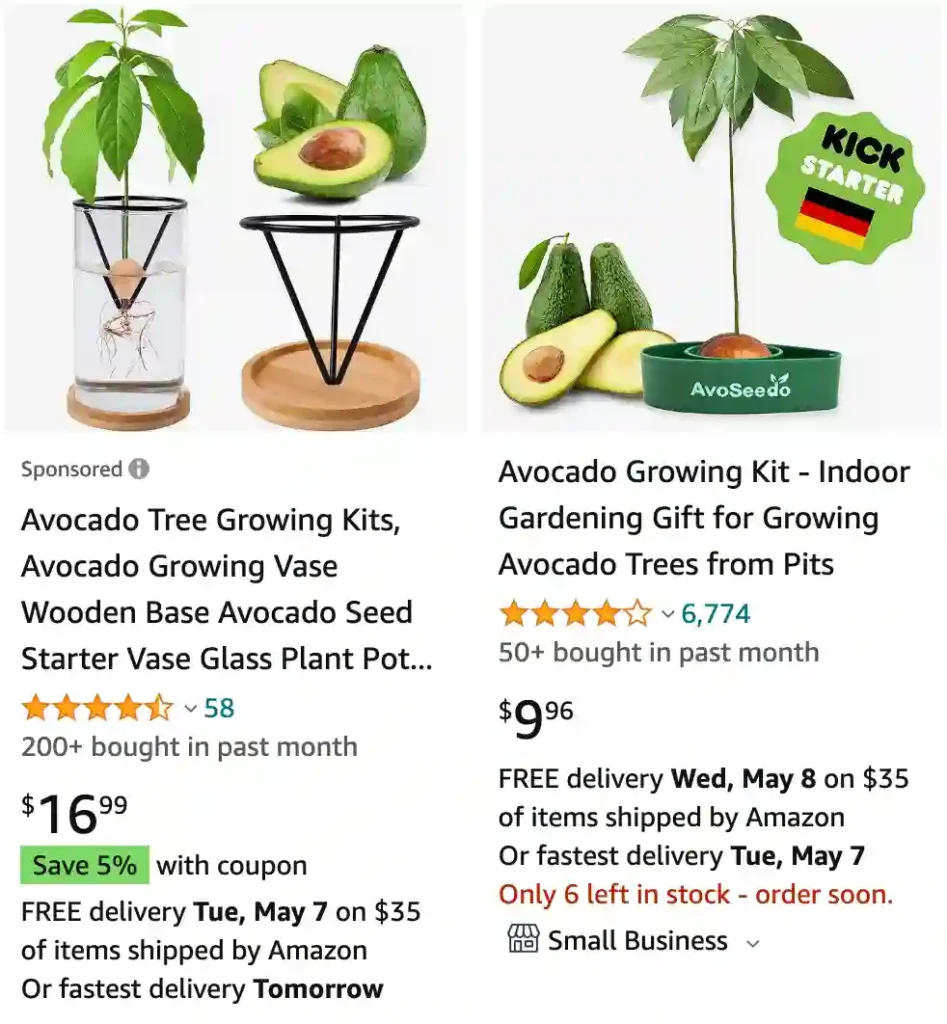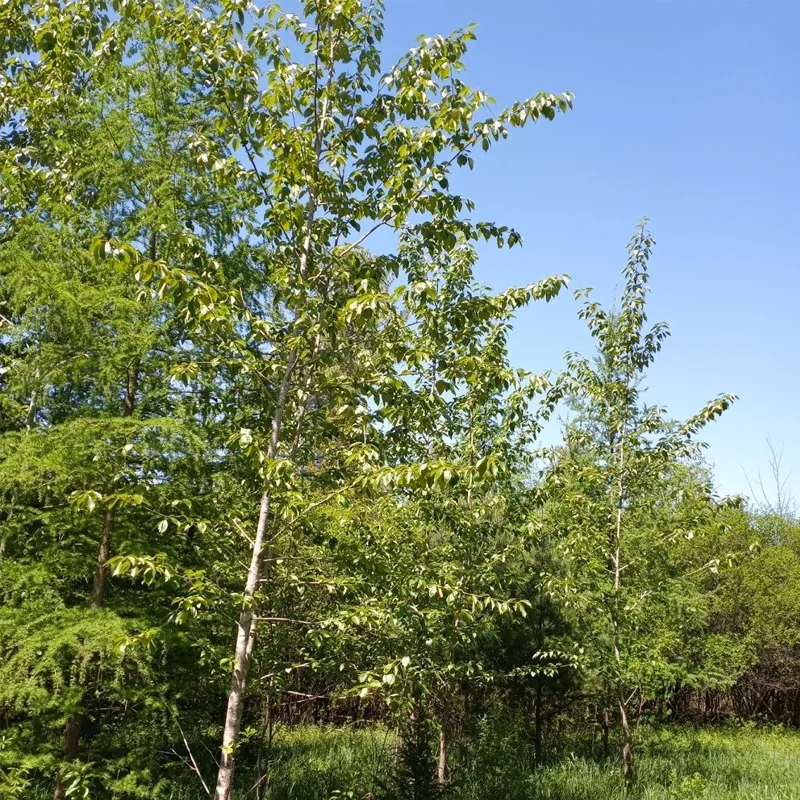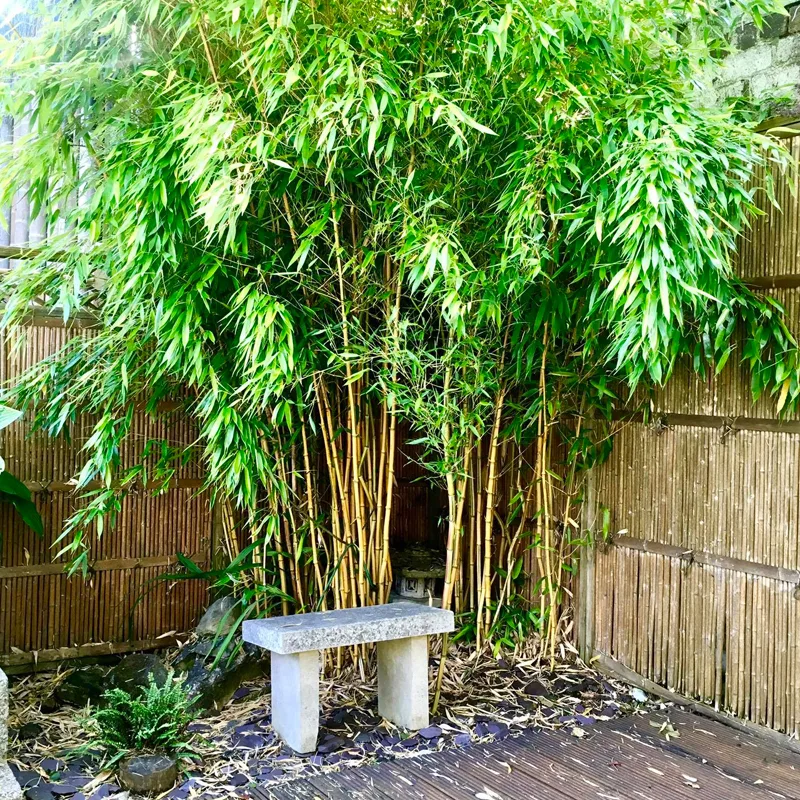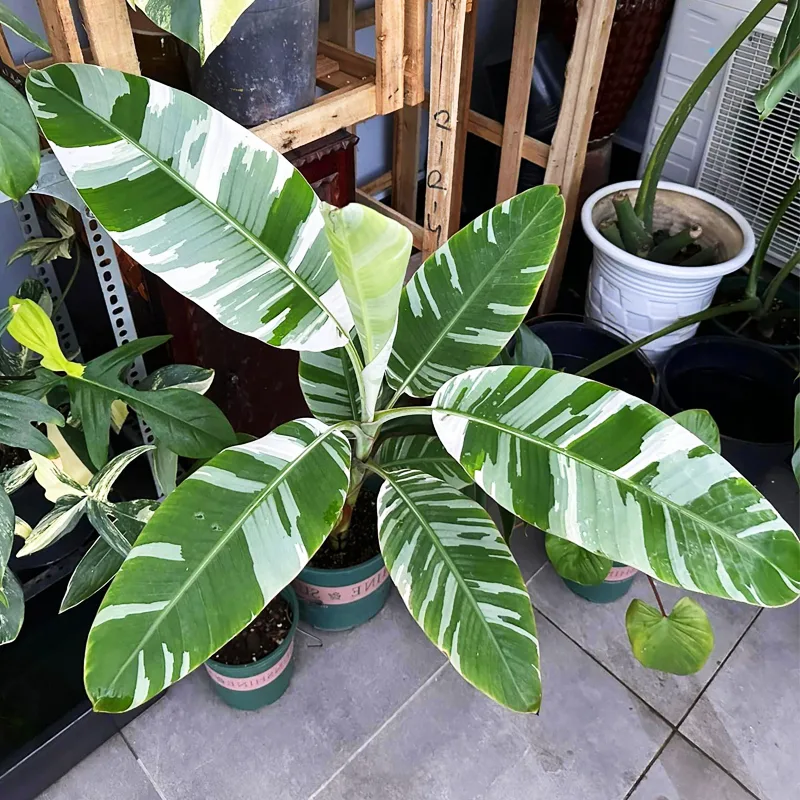
Top 100 Gift Ideas For Plant Lovers 2024
How long does avocado tree take to bear fruit? How to make avocado tree bear fruit faster?
It’s been a real exercise in patience waiting for my avocado tree to produce fruit. I planted it from a pit years ago, thinking I’d be enjoying homegrown guac in no time. Let me tell you, those internet articles saying 3-4 years were pretty optimistic! It’s been closer to seven for mine, and even then, I only got a couple of little avocados that year. This year, finally, it seems like I might have a decent harvest, but it’s definitely a long game.
Speaking of games, I’ve been reading up on ways to speed things along. Apparently, grafting, which is where they basically attach a branch from a mature tree onto your younger one, can seriously cut down the wait. It seems a little advanced for me right now, but maybe someday! For now, I’m focusing on giving my tree the best possible care with good sunlight, regular watering, and fertilizer. Hopefully, that’ll keep it happy and encourage it to finally become a fruiting machine!
How many avocados per tree?
I was sure my tree would be an avocado-growing champion, but it turns out getting a decent amount of fruit takes time. From what I’ve read and experienced, a mature tree can produce somewhere between 200 to 300 avocados once it reaches around 5-7 years old. That sounds amazing, right? But there’s a catch! Apparently, avocado trees like to play a bit of a guessing game with fruit production. They might have a bumper year where you’re swimming in avocados, and then follow it up with a much lighter season the next. This alternate bearing thing is a bit frustrating, but I guess that’s the price you pay for delicious homegrown avocados!

When to prune avocado tree?
Since my avocado isn’t exactly a fruiting superstar yet, I haven’t done a ton of pruning. But from what I’ve gathered, timing is key. Ideally, you want to prune in the spring or early summer, when the weather is warm and the tree is actively growing. This gives it plenty of time to recover from any cuts and put out new growth. Some people even say waiting until just after you’ve harvested any avocados can be a good strategy. I’m thinking next spring I might give it a shot, focusing on removing any dead or crowded branches to keep things airy and encourage better fruit production. Hopefully, it’ll help my tree focus its energy on growing delicious avocados instead of a wild mess of branches!
Where to buy avocado tree?
When it comes to buying avocado trees, I’ve found that local nurseries are the best bet. There’s something special about browsing through rows of plants and trees, and the staff are usually quite knowledgeable and passionate about gardening. I remember one time, I spent hours at a nearby nursery chatting with the owner about different avocado varieties and the best growing conditions. It was such a fun and educational experience! Plus, buying from a local nursery ensures that I get a healthy tree that’s well-suited to my climate and soil conditions.
How much is an avocado tree?
The price of an avocado tree can vary depending on several factors like its size, variety, and where you buy it from. From my experience, smaller avocado trees typically range from $20 to $50, while larger, more mature trees can cost anywhere from $50 to $100 or more. It’s worth considering the long-term investment aspect too—while it might seem like a bit of money upfront, having your own avocado tree can save you a lot in the long run if you’re an avocado lover like me. Plus, there’s something incredibly rewarding about growing your own fruit at home.
When do avocado trees flower?
Avocado trees typically flower in the spring, usually between March and June, depending on your specific climate and location. I remember eagerly awaiting the arrival of those beautiful blooms on my avocado tree each year. It’s such an exciting time because it signals the start of the fruiting season ahead. The flowers themselves are quite unique and stunning, with creamy white petals that stand out against the tree’s lush green foliage. Plus, they attract all sorts of beneficial pollinators like bees and butterflies, which adds to the beauty of the garden.
Do avocado trees lose their leaves?
Yes, avocado trees can lose their leaves, especially during certain times of the year or in response to environmental stressors. For example, it’s not uncommon for avocado trees to shed some leaves in the fall or winter, similar to other deciduous trees. Additionally, factors like drought, nutrient deficiencies, pests, or disease can also cause leaf drop. I remember one summer when my avocado tree experienced a bit of leaf loss due to a sudden heatwave—it was concerning at first, but with proper care and watering, the tree bounced back. Overall, while some leaf loss is normal, it’s important to monitor the tree’s overall health and address any underlying issues to ensure it continues to thrive.
When to fertilize avocado trees?
Fertilizing my avocado tree has become a bit of a springtime ritual for me here in Hoàng Mai. Since our growing season stretches from March to October, that’s when I focus on giving my tree a nutrient boost. Experts seem to recommend different approaches, but here’s what works for me:
For young trees, I’ve read some folks recommend fertilizing every 4-6 weeks during this growing period. That seems a bit much for me, so I usually stick to 2-3 applications throughout the spring and summer. A balanced fertilizer with nitrogen, phosphorus, and potassium seems to do the trick.
Some sources say you can extend fertilizing into early fall, but I tend to stop by October and let my tree chill for the winter. There’s less growth happening then, and I don’t want to push it with extra nutrients. The key seems to be providing enough fertilizer during active growth to promote healthy development, but not overloading the tree during its dormant period.
Can avocado trees grow in Texas?
Avocado trees can definitely grow in some parts of Texas, but it depends on where you are! I wouldn’t say it’s ideal for the whole state. Texas has a pretty wide range of climates, and avocado trees are pretty picky about warmth.
The best spots for avocados in Texas seem to be in the southernmost regions, like the Lower Rio Grande Valley. Those areas have a subtropical climate that’s more similar to California or Florida, where most avocados are commercially grown. Here in Hoàng Mai, the weather is similar, so that gives me some hope for my own tree!
In other parts of Texas, especially further north, winters can get too cold for avocado trees. They can’t tolerate frost for very long. So, if you’re in Dallas or Austin, for example, you might be out of luck.
Even in the right areas, there can be challenges. If there’s a surprise freeze, you might need to protect your tree with frost cloth or other coverings. But with the right variety and a little care, avocados can be a happy addition to the Texas landscape!
When do avocado trees bloom in Florida?
In Florida, avocado trees typically bloom in the early spring, somewhere around January or February. The blooming period can extend until March or even April, depending on the weather and the specific variety of the avocado tree. It can last for 2-3 months overall.
Here in Hoàng Mai, our weather is similar to Florida, so this timeline might be a good reference for my own tree. I’ve definitely noticed some flowers appearing on my avocado tree in the late winter months, which aligns with what I’ve read about Florida’s bloom time.
Can i grow an avocado tree in Arizona?
Absolutely! You can grow an avocado tree in Arizona, but it will take some extra care compared to more humid climates. Here’s the thing: avocado trees are a bit fussy and prefer warm, humid conditions. Arizona’s dry heat can be a challenge, but with some knowledge and effort, you can give your avocado a fighting chance.
First, variety selection is key. Opt for heat-tolerant types like Guatemalan or Mexican avocados. They’ll handle the Arizona sun better than their California cousins. Next, focus on providing the right environment. Plant your tree somewhere with morning sun and afternoon shade, especially during the scorching summer months. Mimicking humidity with regular deep watering and using well-draining soil amended with compost will also help.
Don’t expect overnight success though. Unlike the internet articles that might promise quick fruit, avocado trees take their time, especially in Arizona. Be patient, provide good care, and with a little luck, you might be enjoying homegrown guacamole in a few years!
When to fertilize avocado trees in Southern California?
Since you’re in Southern California, fertilizing your avocado tree follows a slightly different schedule than mine here in Hoàng Mai. The key thing to remember is that avocado trees don’t need a constant feeding frenzy. They actually prefer a seasonal approach to fertilizer. Here’s what works for most avocado trees in Southern California:
- Focus on spring and summer: This is the prime growing season in Southern California, typically running from March to October. During this time, you can give your tree a balanced fertilizer with nitrogen, phosphorus, and potassium every 4-6 weeks.
- Hold off in winter: As the weather cools down and the tree enters a dormant period, fertilizing isn’t necessary. In fact, it can be harmful. Southern California might not get the harsh winters we do in Hoàng Mai, but there’s still a decrease in growth, and avocado trees don’t need that extra nutrient push.
- Be cautious with nitrogen: This is especially important leading up to winter. Experts recommend stopping nitrogen application by early fall, around October 1st. Too much nitrogen late in the season can cause new growth that’s more susceptible to frost damage. You can usually resume nitrogen applications in spring, around March 1st.
Here’s a bonus tip: Southern California coastal areas tend to have naturally richer soil. So, you might not need to fertilize quite as often as inland regions. Keep an eye on your tree’s health and adjust your fertilizing schedule accordingly.
Why doesn’t my avocado tree produce fruit?
There could be a few reasons why your avocado tree isn’t producing fruit yet. Here are some possibilities to consider:
- Age: Avocado trees, especially seedlings grown from pits, can take a long time to mature and start fruiting. Patience is key! Depending on the variety, it could take anywhere from 3-10 years before you see your first avocado.
- Flowering pattern: Avocado trees have a unique flowering quirk called “protogynous dichogamy.” Basically, the male and female parts of their flowers mature at different times, making self-pollination difficult. If you only have one tree, it might not be able to produce fruit on its own.
- Pollination problems: Even if you have two trees, other factors can hinder successful pollination. Wind or insects are needed to transfer pollen between the male and female flowers. If it’s constantly calm or there aren’t many bees around, fruit set might be low.
- Nutrient deficiencies: Avocado trees need specific nutrients to produce fruit. A lack of boron or other essential elements could be limiting your tree’s ability to set fruit.
- Alternate bearing: This is a common phenomenon in avocado trees where they have a heavy fruiting year followed by a lighter year. So, if your tree flowered and fruited abundantly last year, it might be taking a break this year before producing again.
If you’ve ruled out age and think it might be something else, there are steps you can take to encourage fruit production. These include planting a second tree of a different variety to aid in cross-pollination, using a fertilizer with boron, or pruning your tree to promote better airflow and fruit set.



